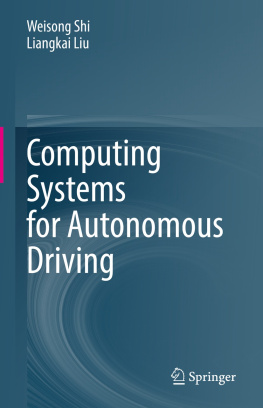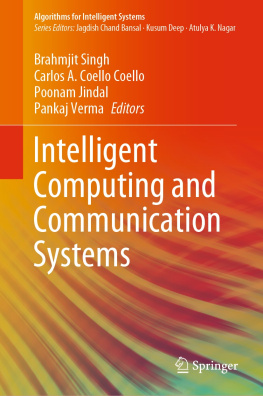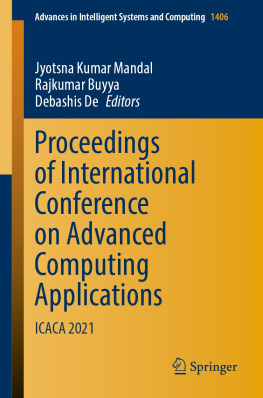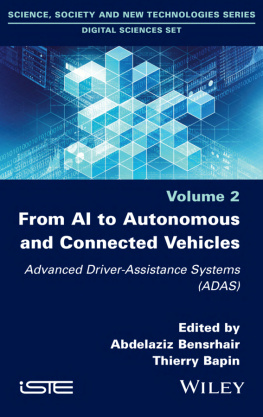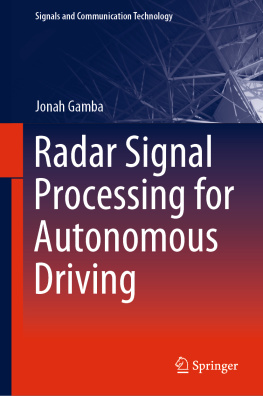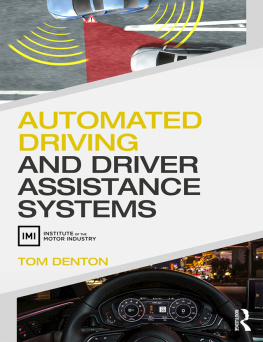Weisong Shi - Computing Systems for Autonomous Driving
Here you can read online Weisong Shi - Computing Systems for Autonomous Driving full text of the book (entire story) in english for free. Download pdf and epub, get meaning, cover and reviews about this ebook. year: 2021, publisher: Springer, genre: Computer. Description of the work, (preface) as well as reviews are available. Best literature library LitArk.com created for fans of good reading and offers a wide selection of genres:
Romance novel
Science fiction
Adventure
Detective
Science
History
Home and family
Prose
Art
Politics
Computer
Non-fiction
Religion
Business
Children
Humor
Choose a favorite category and find really read worthwhile books. Enjoy immersion in the world of imagination, feel the emotions of the characters or learn something new for yourself, make an fascinating discovery.
- Book:Computing Systems for Autonomous Driving
- Author:
- Publisher:Springer
- Genre:
- Year:2021
- Rating:4 / 5
- Favourites:Add to favourites
- Your mark:
Computing Systems for Autonomous Driving: summary, description and annotation
We offer to read an annotation, description, summary or preface (depends on what the author of the book "Computing Systems for Autonomous Driving" wrote himself). If you haven't found the necessary information about the book — write in the comments, we will try to find it.
This book on computing systems for autonomous driving takes a comprehensive look at the state-of-the-art computing technologies, including computing frameworks, algorithm deployment optimizations, systems runtime optimizations, dataset and benchmarking, simulators, hardware platforms, and smart infrastructures. The objectives of level 4 and level 5 autonomous driving require colossal improvement in the computing for this cyber-physical system. Beginning with a definition of computing systems for autonomous driving, this book introduces promising research topics and serves as a useful starting point for those interested in starting in the field. In addition to the current landscape, the authors examine the remaining open challenges to achieve L4/L5 autonomous driving.
Computing Systems for Autonomous Driving provides a good introduction for researchers and prospective practitioners in the field. The book can also serve as a useful reference for university courses on autonomous vehicle technologies.This book on computing systems for autonomous driving takes a comprehensive look at the state-of-the-art computing technologies, including computing frameworks, algorithm deployment optimizations, systems runtime optimizations, dataset and benchmarking, simulators, hardware platforms, and smart infrastructures. The objectives of level 4 and level 5 autonomous driving require colossal improvement in the computing for this cyber-physical system. Beginning with a definition of computing systems for autonomous driving, this book introduces promising research topics and serves as a useful starting point for those interested in starting in the field. In addition to the current landscape, the authors examine the remaining open challenges to achieve L4/L5 autonomous driving.
Computing Systems for Autonomous Driving provides a good introduction for researchers and prospective practitioners in the field. The book can also serve as a useful reference for university courses on autonomous vehicle technologies.
Weisong Shi: author's other books
Who wrote Computing Systems for Autonomous Driving? Find out the surname, the name of the author of the book and a list of all author's works by series.

